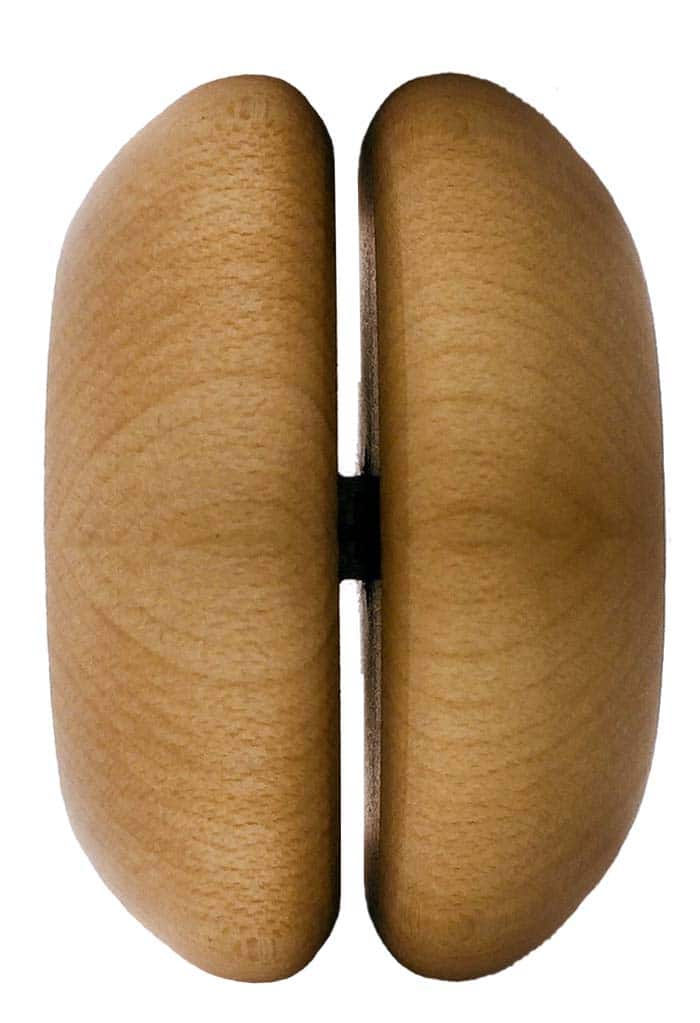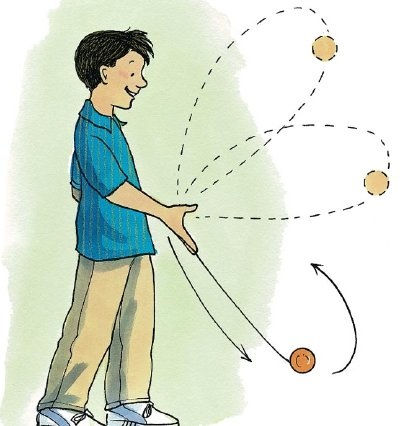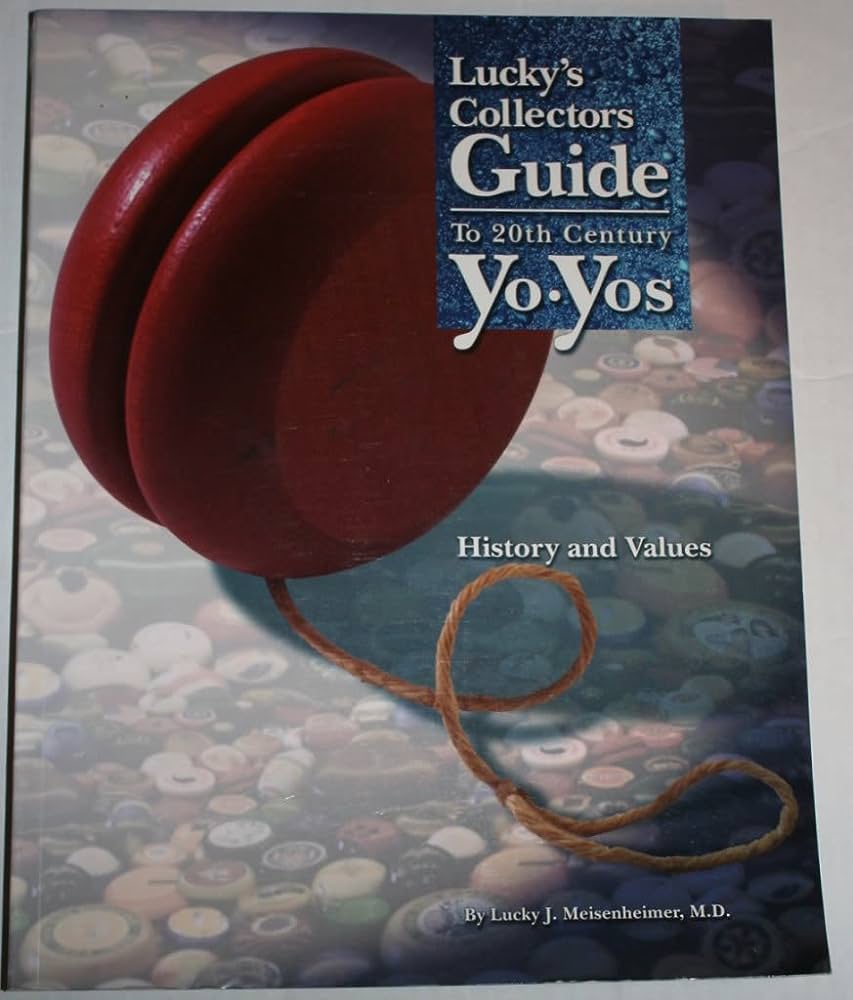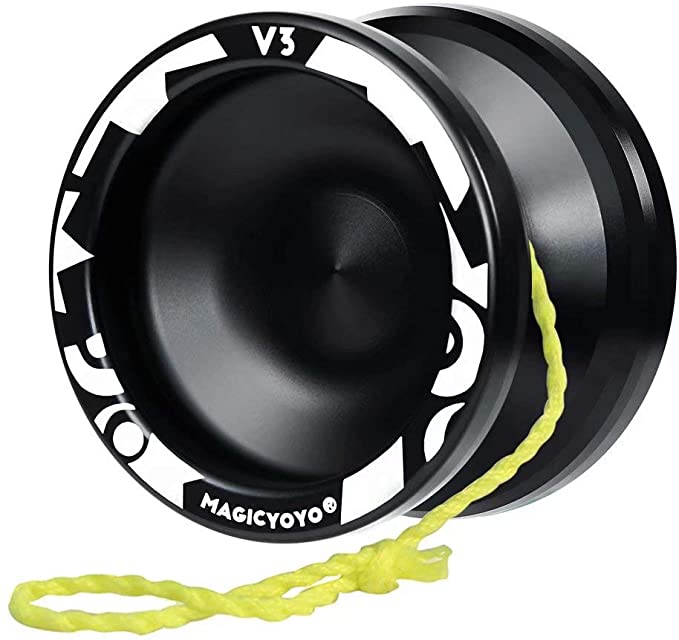Keep Your Yoyo in Top Shape: Yoyo Maintenance Tips and Tricks
Give Your Yoyo Some TLC: Easy Yoyo Maintenance Tips
Yoyos are a classic toy that can provide hours of fun, but they also require some regular maintenance to keep them in top shape. One important tip is to regularly check the string for wear and tear. Over time, the string can become frayed or stretched out, which can affect the performance of your yoyo. By inspecting the string regularly and replacing it when necessary, you can ensure that your yoyo performs at its best.
Another easy yoyo maintenance tip is to clean your yoyo regularly. Dust and dirt can accumulate on the surface of the yoyo, causing it to spin less smoothly. To clean your yoyo, simply use a soft cloth or tissue dipped in rubbing alcohol to wipe away any grime. This will help restore its smoothness and prolong its lifespan.
Additionally, lubrication is key for keeping your yoyo running smoothly. Applying a small amount of yo-yo oil to the axle bearing every few weeks will reduce friction and allow for longer spins. Be sure not to overdo it though – too much lubricant can cause responsiveness issues.
By following these simple tips for maintaining your yoyo, you’ll be able to enjoy countless hours of spinning fun without any hiccups along the way!
Preventative Measures: How to Avoid Common Yoyo Issues
To keep your yoyo in top shape and avoid common issues, there are a few preventative measures you can take. First and foremost, always make sure to use your yoyo on a clean and smooth surface. Avoid surfaces with dirt or debris that could get caught in the string or damage the yoyo’s response system.Another important tip is to regularly inspect your yoyo for any signs of wear or damage. Check the string for fraying or knots, as well as any loose parts on the yoyo itself. By catching these issues early on, you can prevent them from becoming bigger problems down the line.Lastly, it’s crucial to store your yoyo properly when not in use. Keep it away from extreme temperatures and humidity, which can cause warping or other damage. Additionally, store it in a protective case or pouch to prevent scratches or dings.By following these simple preventative measures, you can ensure that your yoyo stays in great condition and avoids common issues that may arise with regular use. Taking care of your yoyo will not only prolong its lifespan but also enhance your overall playing experience.
The Proper Way to Clean Your Yoyo
To clean your yoyo properly, you’ll need a few basic supplies. Start by removing the string and any other removable parts from the yoyo. Use a soft cloth or sponge dampened with mild soap and water to gently wipe down the surface of the yoyo. Be sure to avoid getting water inside the yoyo as this can cause damage. Once you’ve cleaned the exterior, rinse off any soap residue and dry it thoroughly before reassembling.If your yoyo has some stubborn dirt or grime that won’t come off with just soap and water, you can try using a small amount of rubbing alcohol on a cloth instead. This should help break down any tough stains without causing damage to the material.After cleaning your yoyo, it’s important to pay attention to its response system. If you notice that your yoyo isn’t returning smoothly or is becoming less responsive over time, it may be due to buildup in the bearing or response pads. To address this issue, remove these components and clean them separately using an appropriate solvent recommended by the manufacturer.Remember, regular cleaning is essential for maintaining optimal performance and prolonging the lifespan of your yoyo. By following these simple steps and taking care of your equipment regularly, you can ensure that your favorite toy stays in top shape for years of fun playtime!
Lubrication 101: Keeping Your Yoyo Smooth
When it comes to keeping your yoyo smooth and performing at its best, lubrication is key. Adding a small amount of lubricant to the moving parts of your yoyo can make a big difference in its performance. The most common type of lubricant used for yoyos is thin oil, such as sewing machine oil or mineral oil. Applying just a drop or two to the bearing will help reduce friction and keep your yoyo spinning smoothly.To apply the lubricant, simply remove the shields from your yoyo’s bearing using a pair of tweezers or needle-nose pliers. Then, place one drop of oil onto a pinhead or toothpick and touch it lightly to one side of the bearing. Spin the bearing with your finger to distribute the oil evenly throughout. Be careful not to use too much oil, as this can cause responsiveness issues.Regularly lubricating your yoyo will not only keep it running smoothly but also extend its lifespan. It’s recommended to add a drop of lubricant every 30 minutes of playtime or whenever you notice decreased spin time or increased noise coming from the bearing. By taking these simple steps, you’ll ensure that your yoyo stays in top shape for all your tricks and performances without any hitch!
Troubleshooting Tricks: Fixing Common Yoyo Problems
Yoyos are a fun and entertaining toy, but sometimes they can encounter common problems that may hinder their performance. One common issue is when the yoyo becomes responsive or unresponsive at the wrong times. This can be frustrating, especially during tricks or routines. To troubleshoot this problem, first check if the string is properly wound around the axle. If it’s too loose or too tight, adjust it accordingly to ensure smooth play.Another common problem with yoyos is when they start making strange noises while spinning. This could indicate that there’s dirt or debris stuck in the bearing system. To fix this, remove the yoyo halves and carefully clean out any dirt using compressed air or a small brush. Be sure to avoid using water as it can damage the bearings.Additionally, some yoyos may experience string slippage during play which causes them to suddenly unwind and lose tension. This usually occurs due to worn-out strings or improper knotting techniques. To solve this issue, replace your old string with a fresh one and make sure to tie a secure knot at both ends of the yoyo before starting your play session.By following these troubleshooting tricks for fixing common yoyo problems, you’ll be able to enjoy uninterrupted playtime with your favorite toy once again! Remember to always take good care of your yoyo by cleaning it regularly and replacing worn-out parts as needed for optimal performance.
Mastering String Replacement: When and How to Change It
When it comes to yoyo maintenance, knowing when and how to change the string is crucial. Over time, the string can become worn out or frayed, affecting your yoyo’s performance. So, how do you know when it’s time for a string replacement? One telltale sign is if the string feels rough or has visible signs of wear. Additionally, if you notice decreased spin times or difficulty in performing tricks, it may be a good indicator that a new string is needed.To change the yoyo string, start by removing the old one. Simply untwist it from around the axle and slide it off carefully. Next, take your new replacement string and fold it in half so that there is a loop at one end. Insert this loop into the gap of your yoyo and pull until both ends are even. Make sure to secure any knots tightly to prevent slippage during play.Once you’ve successfully changed the string on your yoyo, take some time to test its performance before diving back into tricks and stunts. This will allow you to ensure that everything is working smoothly and that your new string provides optimal playability. Remember, regular replacement of strings not only improves performance but also helps prevent accidents due to worn-out strings breaking mid-play!
Balancing Act: Adjusting Your Yoyo’s Response System
When it comes to yoyo play, the response system is a crucial component that determines how your yoyo returns to your hand. Finding the right balance in your yoyo’s response system can greatly enhance your performance and overall experience. Adjusting the response system is relatively easy and can be done with just a few simple steps.Firstly, you need to identify what type of response system your yoyo has. Most modern yoyos use either silicone or rubber pads as their response mechanism. Silicone pads provide a smooth and consistent response, while rubber pads offer a snappier and more responsive feel. Once you know which type of pads are in your yoyo, you can proceed with adjusting them.To make the adjustment, start by removing one pad from each side of the yoyo using tweezers or any other suitable tool. This will create less friction between the string and the pad, resulting in a looser bind and longer spin times. If you want a tighter bind for more responsive play, simply add an extra pad on each side.Remember that finding the perfect balance might require some trial and error. It’s all about personal preference – some players prefer looser binds for intricate tricks, while others prefer tighter binds for faster playstyles. Experiment with different configurations until you find what works best for you.Adjusting your yoyo’s response system is an essential skill every player should master. By fine-tuning this aspect of your yoyo setup, you’ll have better control over its responsiveness during tricks and enjoy smoother gameplay overall. So grab those tweezers and get ready to find that sweet spot!
Taming the Tangles: Untangling Knotted Yoyo Strings
Untangling knotted yoyo strings can be frustrating, but with a few simple techniques, you’ll have your yoyo back in action in no time. First, take a deep breath and resist the urge to pull on the knots forcefully. This will only make them tighter and harder to untangle. Instead, gently loosen the knot by using your fingers or a small tool like a toothpick or needle.Once you’ve loosened the knot slightly, try rotating the string around it to create some slack. This can help unravel the tangle more easily. If this doesn’t work, another method is to carefully tease apart each strand of string until you reach the knot itself. Once there, use your fingers or tools to slowly untwist and separate the strands until they are free from each other.Remember that patience is key when untangling yoyo strings. It may take some time and effort, but rushing through it can lead to further entanglement or even damage to your yoyo’s string or axle. Take breaks if needed and approach each tangle with a calm mindset.By following these tips and taking your time, you’ll become an expert at untangling knotted yoyo strings in no time!
Storing Your Yoyo: Best Practices for Longevity
Properly storing your yoyo is essential for maintaining its longevity and performance. Here are some best practices to ensure that your yoyo stays in top shape:Firstly, always remove the string from the yoyo before storing it. Leaving the string on can cause tension and stress on the axle, which may lead to damage over time. Additionally, keeping the string attached can result in unnecessary wear and tear on both the string and the yoyo itself.Secondly, find a suitable storage container for your yoyo. It’s important to protect it from dust, moisture, and potential impacts. Consider investing in a padded case or pouch specifically designed for yoyos. This will not only keep your yoyo safe but also prevent any scratches or dents that could affect its performance.Lastly, store your yoyo in a cool and dry place away from direct sunlight. Extreme temperatures can have adverse effects on its materials, causing warping or cracking. Avoid leaving it exposed on windowsills or near heaters where temperature fluctuations are common.By following these simple practices when storing your yoyo, you’ll be able to enjoy smooth spins and extended playtime for years to come without worrying about premature wear or damage.
Taking It to the Next Level: Advanced Yoyo Maintenance Techniques
Advanced yoyo maintenance techniques can take your skill level to new heights. One important technique is precision bearing cleaning. To clean the bearing, remove it from the yoyo and soak it in a solvent such as mineral spirits or lighter fluid. After soaking for a few minutes, spin the bearing on a pen or pencil to remove any excess liquid. Finally, let it dry completely before reassembling your yoyo.Another advanced technique is silicone pad replacement. Silicone pads are responsible for providing response to your yoyo’s binds and tricks. Over time, they can wear out and lose their effectiveness. To replace them, carefully remove the old pads using tweezers or a small pick tool. Then, apply new silicone pads evenly into the recessed areas of your yoyo’s response system.Additionally, if you’re looking to fine-tune your yoyo’s performance, consider experimenting with different string types and thicknesses. The type of string you use can greatly affect playability and responsiveness. Nylon strings tend to be more durable while polyester strings provide better control during tricks. Trying out different brands and thicknesses will allow you to find what works best for your style of play.By mastering these advanced maintenance techniques like precision bearing cleaning, silicone pad replacement, and exploring different string options; you’ll have greater control over how your yoyo performs during tricks and maneuvers. These techniques require attention to detail but will ultimately enhance your overall experience as a seasoned player who knows how to keep their beloved toy in top shape!
How often should I clean my yoyo?
It’s a good idea to clean your yoyo every few weeks, or whenever you notice it starting to feel sluggish or unresponsive.
What should I use to clean my yoyo?
You can use a mild soap and water solution to clean the body of your yoyo, and a cotton swab or toothpick to clean any hard-to-reach areas.
How do I know when it’s time to change the string?
You should change the string on your yoyo whenever it starts to fray or lose its tension. It’s also a good idea to change it if you notice a decrease in performance.
How do I adjust the response system on my yoyo?
Most yoyos have a response system that can be adjusted using a small tool or by twisting the yoyo’s halves. Consult the manufacturer’s instructions for specific guidance on your yoyo model.
What’s the best way to store my yoyo?
It’s best to store your yoyo in a cool, dry place away from direct sunlight. You can use a yoyo case or simply wrap it in a soft cloth to protect it from scratches.
How can I untangle knotted yoyo strings?
One method is to gently work the knot out with your fingers or a toothpick. Another option is to unwind the string completely and then wind it back up, making sure to keep tension and avoid creating new knots.
Can I use any lubricant on my yoyo?
It’s recommended to use a yoyo-specific lubricant, as other types of lubricants may not be suitable for yoyo maintenance. Check with the manufacturer for their recommended lubricant.
Are there any common yoyo problems I can fix myself?
Yes, many common issues such as unresponsiveness, string slippage, or wobbling can often be fixed with some basic troubleshooting techniques. It’s worth trying these before seeking professional help.
How can I prevent common yoyo issues from occurring?
Regular maintenance, such as cleaning and lubricating your yoyo, along with proper storage and handling, can go a long way in preventing common yoyo issues from arising.
Are there any advanced maintenance techniques I should know about?
Yes, advanced techniques such as bearing cleaning, response pad replacement, or axle adjustment can be learned to further enhance your yoyo’s performance. However, these techniques should only be attempted by experienced yoyo enthusiasts.






